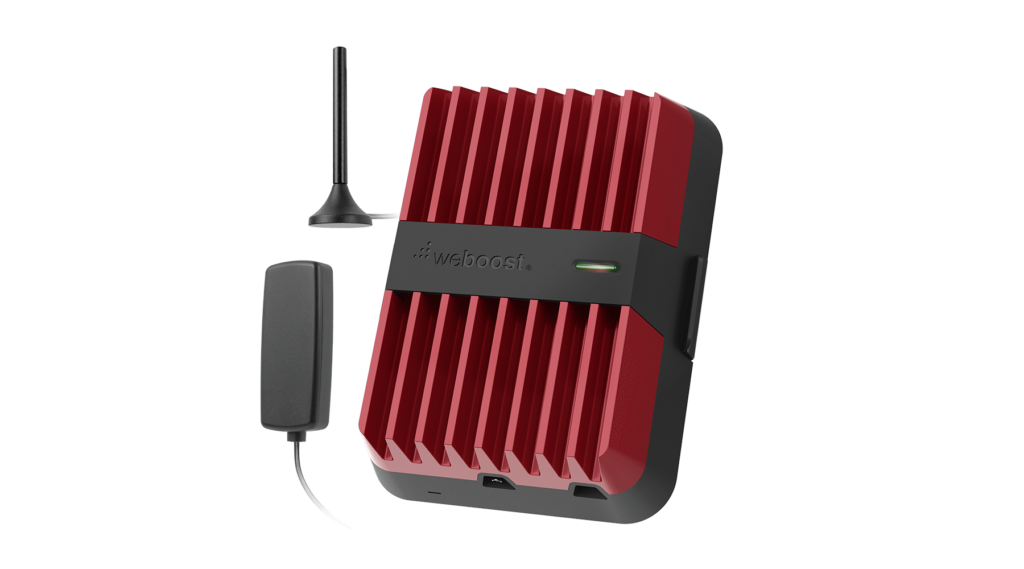
Announced today (May 21st, 2019), the all new weBoost Drive Reach cellular booster is being billed as "weBoost’s most powerful, in-vehicle cell signal booster yet" with substantially more uplink power than any of weBoost's prior mobile boosters.
When compared to weBoost's former flagship mobile booster, the Drive 4G-X (read our extensive review), weBoost described the Reach to us this way:
"The biggest difference / improvement is the uplink power. The Reach has 4.7 dBm more uplink power than the X. dBm uses a logarithmic scale so a 3 dBm improvement means it's twice as powerful."
This more than doubling of uplink power is what gives the Reach its reach - allowing a substantial theoretical advantage when communicating with distant towers.
Is the Reach destined to become the new king of mobile boosters?
We have a review unit inbound and will be doing some head-to-head testing - but for now, lets dive into the specs...
Table of Contents
weBoost Drive Reach Specifications
- Gain: 50dB
- Max Uplink Power: 29.5 dBm (1 Watt)
- # of Devices Boosted Simultaneously: Multiple
- LTE Bands Supported: 12/17, 13, 5, 4, 2, 25
- Exterior Antenna: Mini Mag or 4G NMO Antenna
- Internal Antenna: 4G Slim Antenna
- Range of Interior Coverage: tbd
- In Motion Usage: Yes
- Booster Dimensions: 6 x 4.5 x 1.5 in / 1.8 pounds
- Warranty: 2 Year
- Kit List Price:
- Drive Reach: $499.99
- Drive Reach Fleet: $524.99
What’s In The Kits?
The Drive Reach is initially being offered in two different kits - the difference being the included exterior antenna and the power supply.
- Drive Reach Booster
- Exterior Antenna:
- Drive Reach: 4" Mini Mag
- Drive Reach Fleet: 4G NMO antenna with 3/4" NMO mount with 14ft of cable & install accessories (weBoost states this requires professional installation)
- 4G Slim Interior Antenna
- Power Supply:
- Drive Reach: Plug-in DC Power Supply ('cigarette lighter style')
- Drive Reach Fleet: Hard-wired DC power supply
More Than Double The Power?
The signature feature of the Drive Reach booster is its substantial increase in uplink power.
Uplink power is one of the most important specifications of a cellular booster, but it is a spec that is often overlooked since most of the focus is usually placed on the boosters' maximum downlink gain. But this downlink gain figure is usually identical (50dB) on most mobile boosters since it is capped by FCC regulation.
The booster's downlink gain particularly impacts interior coverage area, but for mobile users (as opposed to residential users with in-home dead zones) the biggest signal challenge is often not improving the indoor coverage when there is a great signal outside but a dead zone inside, it is taking a barely useable outdoor signal and trying to lock onto it and improve it.
And for these situations - increased uplink power has the potential to keep you locked in longer in fringe areas.
Particularly if upload performance (broadcasting, uploading large files, two-way video) is important to you, the uplink power matters!
We pressed weBoost to share a table of the max uplink power of each of their booster models, and here is the data ranked from weakest to strongest:
- Drive 4G-M – 21.4 dBm
- Connect RV 65 – 24.6 dBm
- Drive 4G-X – 24.8 dBm
- Drive Sleek – 25.6 dBm
- Drive Reach Fleet - 29.5 dBm
Every 3 dBm increase represents a doubling of uplink power, but it takes a 4x increase in power to double the theoretical range of a transmitter.
This means that it takes a 6 dBm increase in output power to double the possible transmit distance that is achievable.
With 4.7 dBm more transmit power compared to the Drive 4G-X, the Reach has a theoretical peak transmission range nearly double what the 4G-X is capable of.
Many urban and suburban LTE towers are more challenged by congestion than weak signals, so more oomph in your broadcast might not make any difference. And many of these towers have hard-coded timing and power based range limits that no amount of additional power on your end can get around.
The Reach might not have any advantage at all in these areas.
But with mountaintop and rural towers configured for longer range, the Reach theoretically should really have some very interesting potential to tap into - and we are very eager to get some first-hand experience with how the Reach ... well... reaches in the field.
Also New: Official LTE Band 25 Support
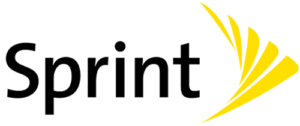
In the past weBoost booster's used to claim LTE band 25 support, a frequency band particularly important to Sprint customers.
Sprint's LTE Band 25 is actually an extension and superset of the LTE Band 2 used by other carriers - so a cellular booster that supports LTE Band 2 has always had some spillover benefit in Sprint's band 25 too.
But to avoid stomping on adjacent channels - any booster that supports LTE Band 25 needs to be very carefully designed. And it turns out that many that claim to officially support Band 25 actually fall down on the job when it comes to boosting, particularly when it comes to upload performance.
weBoost ran into this problem and backed away from advertising band 25 support years ago, telling us when we noticed at the time:
"Our boosters are all certified for B25. We fully support B25 download (1930-1995MHz). We only partially support B25 upload (1850-1915MHz) because our passband starts to roll off through the B25 upload frequencies. This is because we have not yet been able to develop cost-effective filters that support the full B25. We are developing cost-effective B25 filters now and expect those changes to be ready within the next 12 months."
It took longer than twelve months - but weBoost tells us that they have at last solved the Band 25 issue and:
"Yes, the Reach fully supports band 25 and yes it is our first mobile booster that does this."
For Sprint customers - this makes the Reach a very clear favorite.
Just keep in mind, no boosters cover the other critical Sprint frequency bands of Band 41 and Band 26.
Antenna Differences
weBoost typically releases boosters with different antenna kits.
The difference in each of these kits is the exterior and interior antennas included, as well as the mounting hardware. The kits are put together for different use cases. For example - automobiles, semi-trucks, RVs, marine or fleet vehicles.
The first two bundles being released using the weBoost Drive Reach amplifier are intended for automobiles and fleets.
Drive Reach - 4" Mini Mag
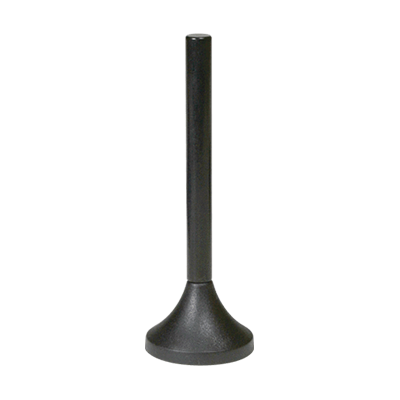
The 4" Mini Mag antenna included in the base Drive Reach kit is a long time tried and true antenna form factor intended for magnetically attaching to the metal roof of a personal car, SUV or truck.
Part of the antenna design factors in the reflective nature of the metal roof bouncing signal into the antenna - making it ground plane dependent. For installation on non-metal roofs (such as RVs and boats), it is critical that you install a ground plane underneath it. We recommend a 8"x8" piece of metal as a minimum.
For more: Antenna Ground Planes for RVs and Boats
Drive Reach Fleet - NMO Antennas
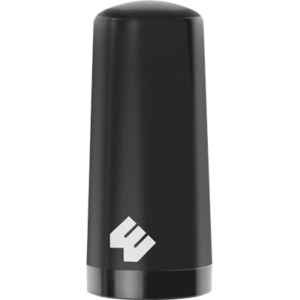
The weBoost NMO Antenna and Fleet kit is targeted at "law enforcement, government, or commercial fleet vehicles"stubby
An "NMO" (an acronym for "New MOtorola") antenna is designed to work with a standard antenna mount common on fleet vehicles. NMO mounts come with a standard threaded connector that can accept any NMO antenna. The mount also provides the antenna cable, which makes swapping for another NMO antenna easy in the future.
weBoost tells us they are also targeting the class B RV camper van market with the Fleet kit:
"What makes it a good fit is that most Class B's do not have a ladder and want a lower profile, sleeker looking antenna."
This is great for a factory install, but the 4" mag mount is a much easier installation for end-users, and many vans have a metal roof anyway.
weBoost states that the Fleet antenna kit requires professional installations - thanks to the NMO mount and the hard-wired power supply. But anyone with some basic installation and wiring experience should be able to do it themselves if they are up for some drilling.
Other Antennas?
The Reach, however, WILL work with other antennas and weBoost officially certifies their amplifiers for use with all of their branded antenna designs.
weBoost tells us that other bundles are coming:
"We will we have more antenna bundles in the next few months. All the antennas that currently work with the Drive 4G-X, will work on the Reach it just requires an adapter, either 970030 or 970019.
The 970019 adapter is an SMA female to SMB plug adapter. It will basically attach any antenna that currently works with the 4G-X to the Reach, with the exception of the OTR antenna, for that you should use 970030."
We are really eager to see the Reach paired with the weBoost 4G-OTR antenna, which has long been one of our top performers. And we would imagine that weBoost will eventually come out with a kit designated for RVs with the same omni-directional roof antenna they include in the 4G-X RV kit.
Do You Even Need a Booster?
Boosters are NOT the right choice for all situations!
Though a cell booster can be an important part of a connectivity arsenal and is the only option for improving the signal to devices like smartphones and cellular-enabled tablets without antenna ports - for a lot of people in a lot of places a booster can be overkill.
And in strong signal areas, a booster can actually SLOW your cellular performance down due to the way a core LTE technology called MIMO (Multiple In, Multiple Out) works.
If you have devices with antenna ports in mild to moderate signal areas - directly plugged in antennas usually outperform a booster a significant amount of the time. Devices with antennas ports include mobile hotspots devices (like Jetpacks and Mifis) and cellular embedded routers.
There's a lot more to understand about optimizing cellular data performance, which is a key topic our staff spends a lot of time on in research, field testing and education.
So before you go plop down a huge wad of cash on a cellular booster that may only help occasionally, we highly recommend furthering your research into this topic to determine if a booster even makes sense for you.
For more on this:
Guide to Understanding Cellular Data Performance
Testing & Understanding Your Mobile Internet Speeds
Before investing in a booster, consider the Netgear MIMO Antenna for devices with dual T-S9 antenna ports (which is what most mobile hotspot devices use). This little $27.49 antenna can be worth having in your setup, even if you have a booster. In our extensive testing, it often beats out boosters for data performance in Jetpacks, MiFis and other hotspot devices.
Concluding Thoughts
It has been years since we have seen a major new cellular booster development, so it is really exciting to hear about weBoost's new Drive Reach - and we are particularly eager to see additional antenna bundles being offered.
On paper - this looks to be the new king of mobile boosters, particularly from weBoost.
However, even a top performing mobile booster isn't always the optimal signal enhancing solution for LTE data.
But only real world head-to-head testing will tell the full story. We have a Drive Reach Fleet kit inbound, so stay tuned for our first impressions video here - and our members will get access to our ongoing field testing results once we start experimenting with it.
Purchasing Options:
Initially the Drive Reach is available direct on weBoost's website - but it should start becoming available at other retailers.
Save 5% at weBoost.com!
While this site is not reliant on affiliate funding, our weBoost links are affiliate links (only way they'd offer us a discount code). All affiliate incomes goes towards funding this site and other great causes.
Buy Direct from weBoost:
Drive Reach | Drive Reach Fleet
More Booster Options Coming
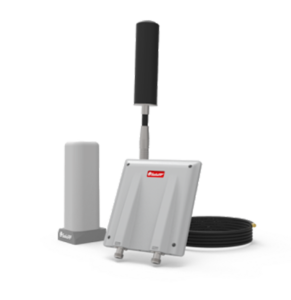
Ready to pull the trigger on a new booster?
In addition to the new weBoost Drive Reach, another booster manufacturer will be announcing a new RV-specific product in the coming weeks that is also a major shift in booster technology.
So stay tuned to our coverage of all the developing options!
For those in the booster purchasing market, we advise holding off on purchases for a bit until you can weigh all the options.
Member Exclusive
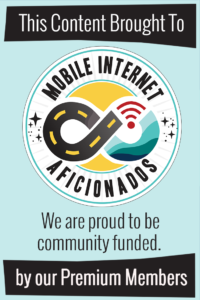 Our members have additional exclusive access to some further details and analysis of this new booster kit - including our recommendations for purchasing boosters and a look forward to a booster's role in a 5G world.
Our members have additional exclusive access to some further details and analysis of this new booster kit - including our recommendations for purchasing boosters and a look forward to a booster's role in a 5G world.
We will also be hosting a special member-only webinar comparing the upcoming new booster choices, and overviewing booster technology. That will be hosted after we have the evaluation gear in hand and a little bit of time with them.
If you're one of our premium members, please log in to access this special content.
Not a member? Come join us - and support what we do here.
We would not be able to run this resource center and dedicate so much time to covering stories like these without our member's support!
If mobile internet is an important part of your lifestyle, please do consider becoming a member. You'll get access to member exclusive content, field testing data, reviews and interactive guidance in our forums.
WeBoost News Stories:
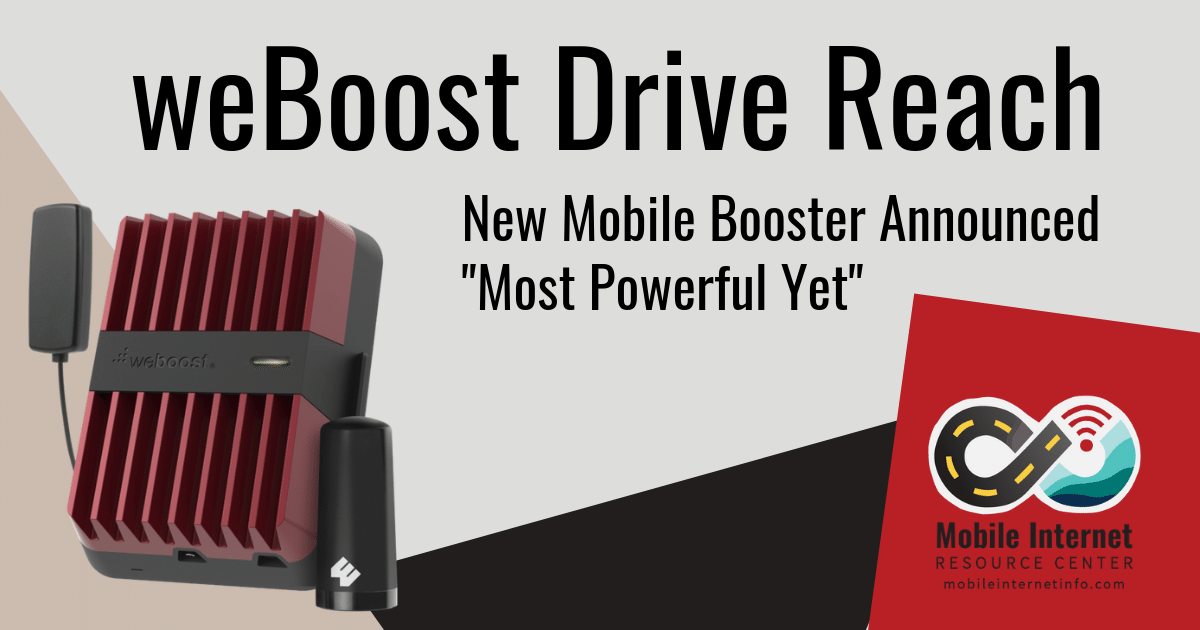

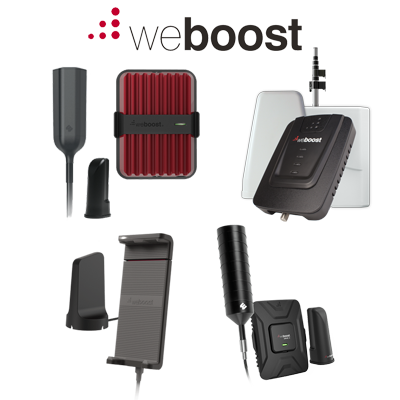







 Mobile Internet Resource Center (dba Two Steps Beyond LLC) is founded by Chris & Cherie of
Mobile Internet Resource Center (dba Two Steps Beyond LLC) is founded by Chris & Cherie of